Tag: Anaemia
-

Oh, CR*P! Using point-of-care C-reactive protein tests
—
by
Few companies now offer affordable point-of-care tests for canine C-reactive protein (CRP). As we did when we recently received our new box of CRP slides, you might soon be asking the question: what do we even do with this stuff? Here’s what we’ve learnt… CRP is one of the acute phase proteins produced by the…
-

Managing thrombocytopenia in cats and dogs: part 2
—
by
Last week we discussed the causes and diagnostic pathway for investigating immune-mediated thrombocytopenia. This week we will go through the management of this condition. Despite the fact red blood cells are not actually being destroyed, a severe anaemia can develop from blood loss due to coagulopathy – a common reason for why they present to…
-
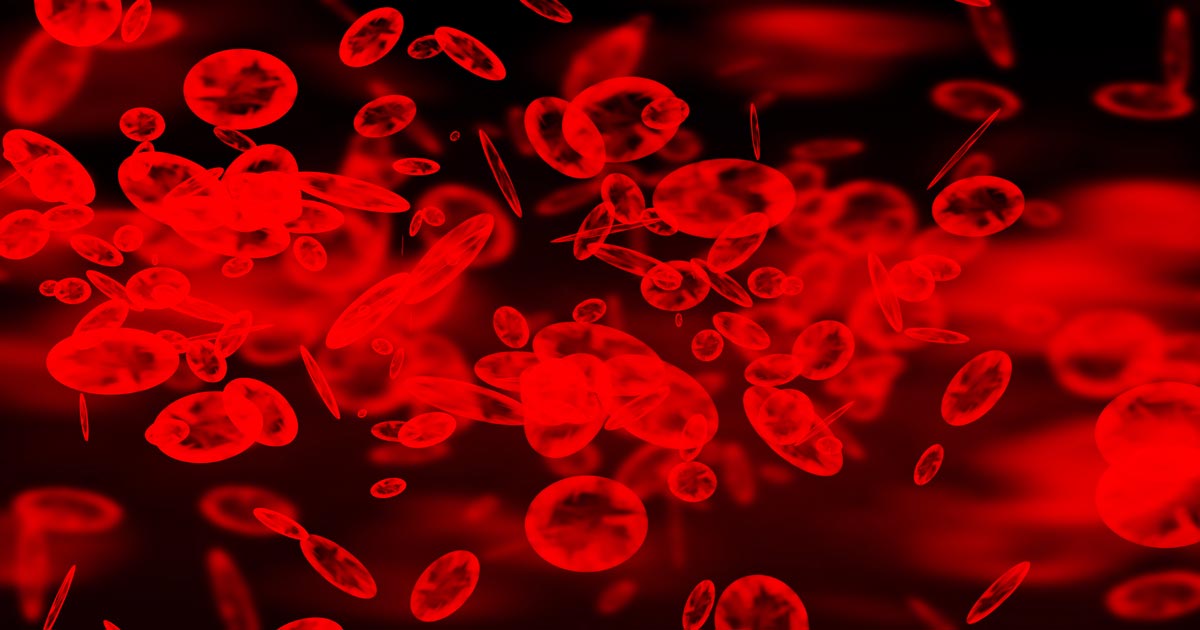
Managing thrombocytopenia in dogs and cats: part 1
—
by
Thrombocytopenia is a condition characterised by a decrease in platelet numbers, which is often caused by increased destruction of platelets or a decrease in production. Thrombocytopenia can manifest in many ways – the signs can be subtle and easily missed, such as small petechiae on gums, or quite obvious signs, such as large areas of…
-

Using lactate measurements in general practice
—
by
Several easy and affordable ways exist to measure lactate in general practice, which means the clinical applications of monitoring lactate is no longer the reserve of specialist and emergency centres. But why and how should you be using it in general practice? What is lactate again? When oxygen is not effectively delivered to cells throughout…
-
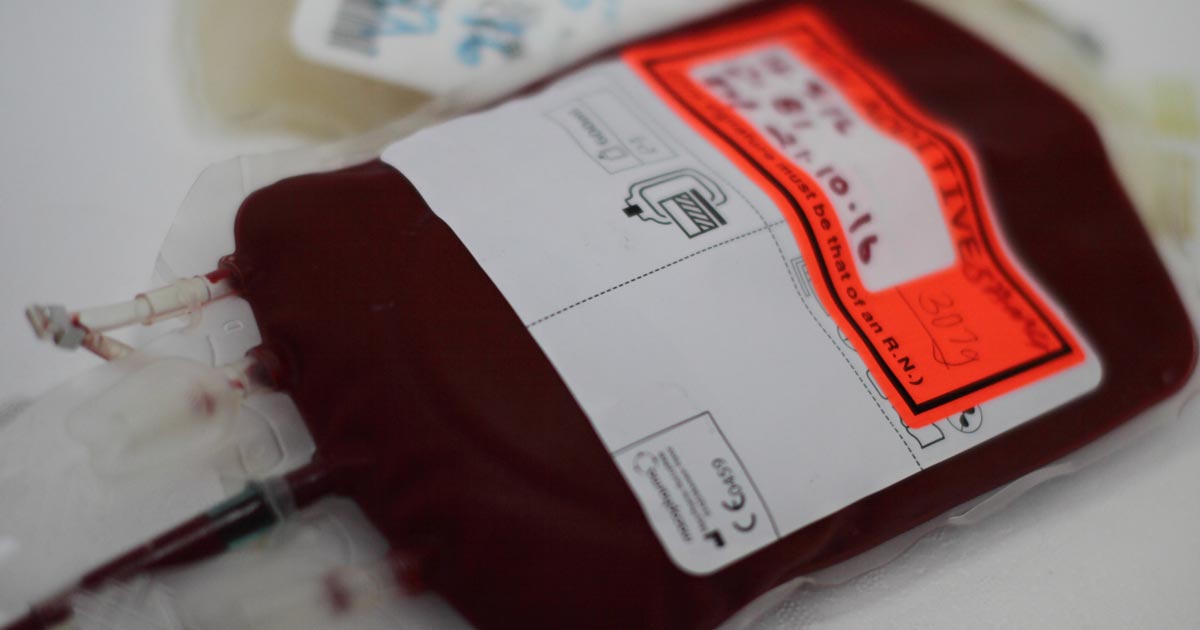
Blood transfusions, pt 2: what do I give?
—
by
To make the most of a precious resource, donated blood is often separated into two components: red blood cells (packed red cells) and plasma (fresh frozen plasma, most commonly). This not only extends the life span of plasma component, but it also means you can pick and administer which component you need the most as…
-
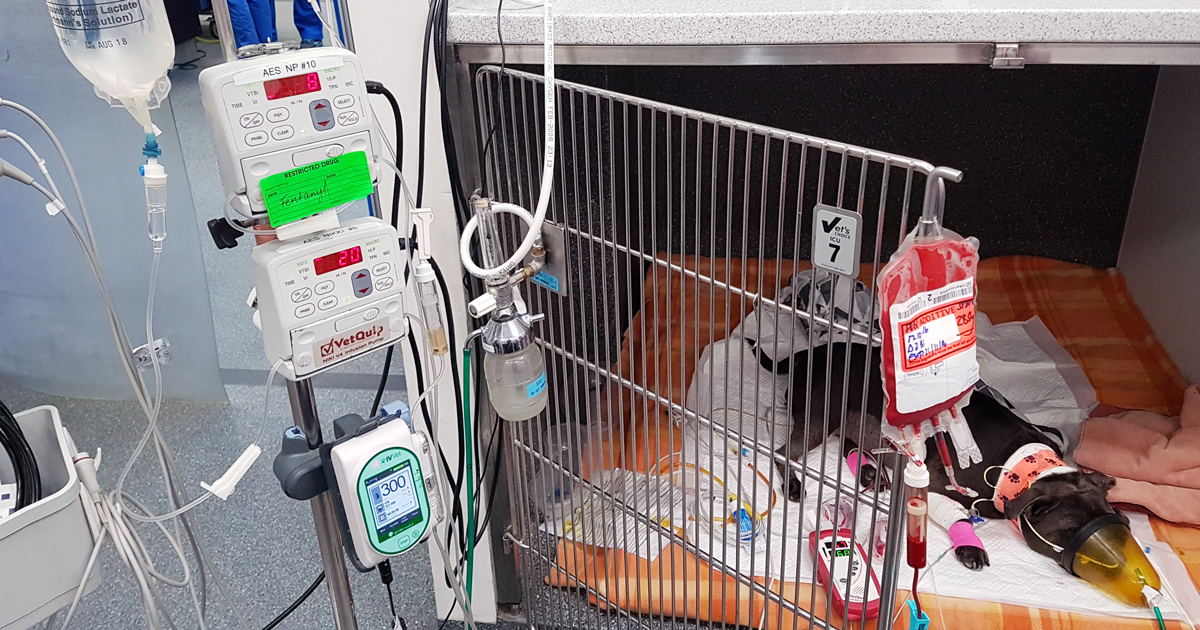
Blood transfusions, pt 1: clinical signs
—
by
I get asked frequently when is the right time to transfuse an anaemic patient? The difficulty lies in the fact not all anaemic patients require blood transfusions. Just because a patient has pale mucous membranes does not mean the patient needs a transfusion. The term commonly brought up during the discussion is “transfusion triggers present”.…
-
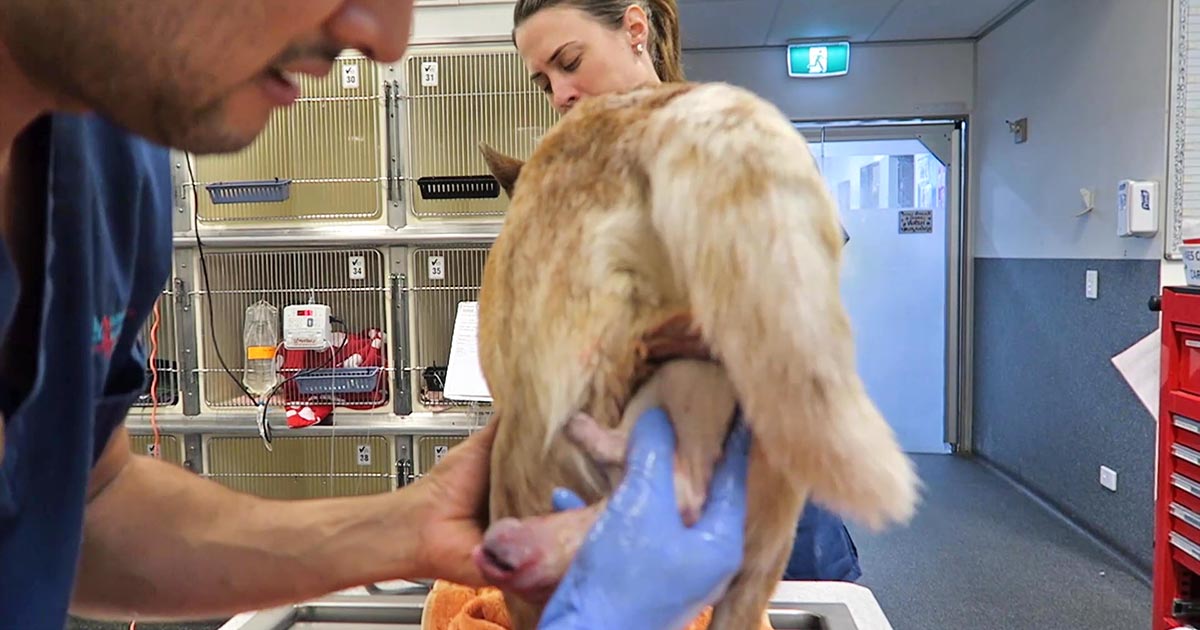
Dystocia, pt 2: diagnostics
—
by
Part one of this series covered the stages of labour and indications dystocia is present. Once the bitch presents to the clinic, a few basic diagnostic checks need completing to determine the status of the bitch/queen and the fetuses. Physical examination The first is a thorough physical examination, starting with the bitch or queen: Demeanour,…
-
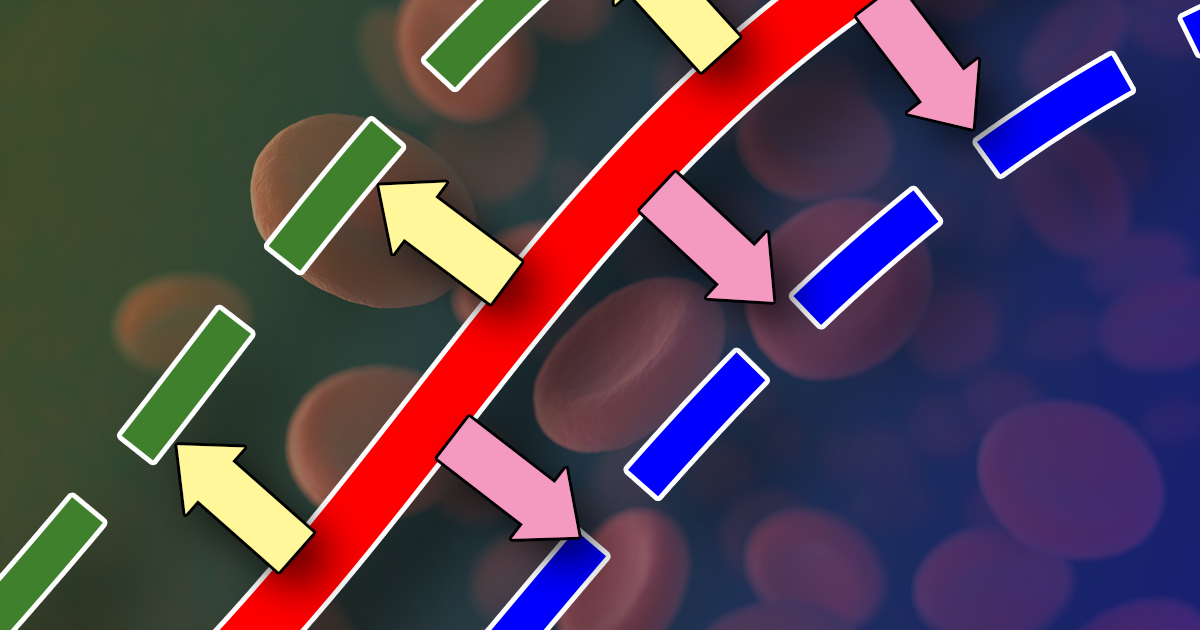
Oxyhaemoglobin dissociation curve, pt 4: left and right shift
—
by
In various disease and physiological states, the oxyhaemoglobin dissociation curve (OHDC) can shift either left or right. This indicates the increase, or decrease, of the haemoglobin’s (Hgb’s) affinity to oxygen, respectively. It is important to recognise the situations in which this happens, to manage patients effectively. Right shift A shift of the OHDC to the…
-
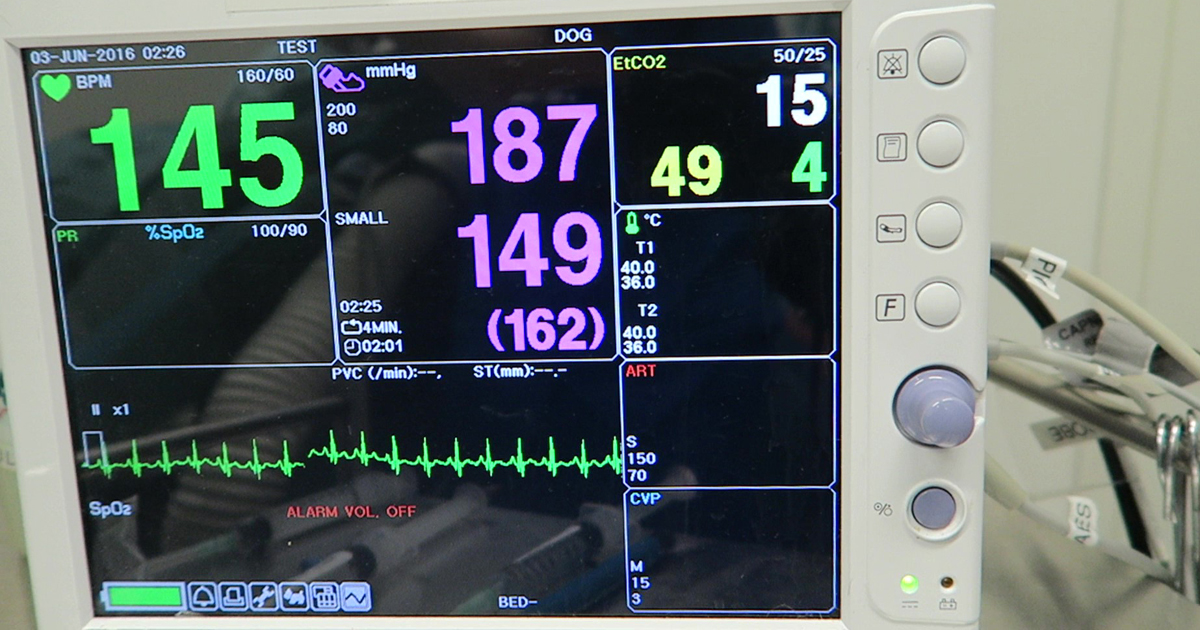
Systemic hypertension, part 2: clinical signs and diagnosis
—
by
Systemic hypertension, part 1 Systemic hypertension (SH) alone is often asymptomatic until it is severe, making early detection difficult. For this reason, it is important to know the diseases, illnesses, and other causes that can contribute to SH and recognise their clinical signs. From there, through thorough diagnostic investigations, a diagnosis will, hopefully, result then…
-
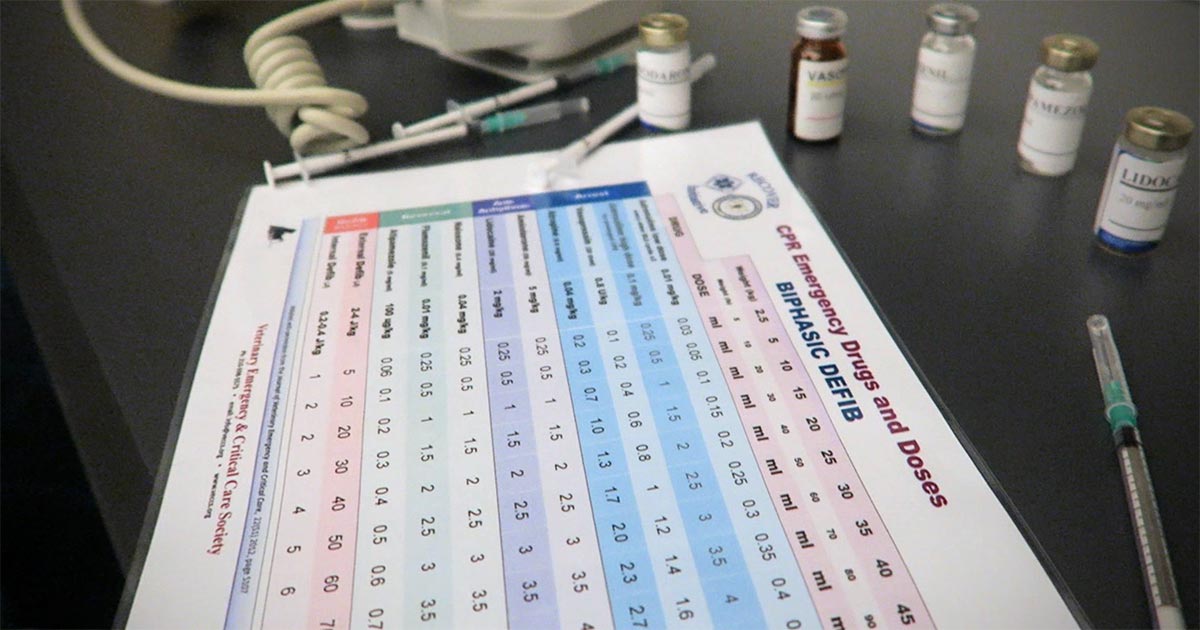
Cardiopulmonary resuscitation, pt 5: advanced life support
—
by
Advanced life support (ALS) can only be initiated once basic life support (BLS) has commenced. Where BLS refers to the initial stages of intubation, ventilation and chest compression, ALS is the advanced stage where vasopressors, positive inotropes, anticholinergics, correction of electrolyte disturbances, volume deficits, severe anaemia and defibrillation are performed. This is an important aspect…